Call Us 24/7(479) 250-1470
Email Us: info4me@mypinnacleroofing.com
Our Office Location:2944 N 48th St Springdale, AR
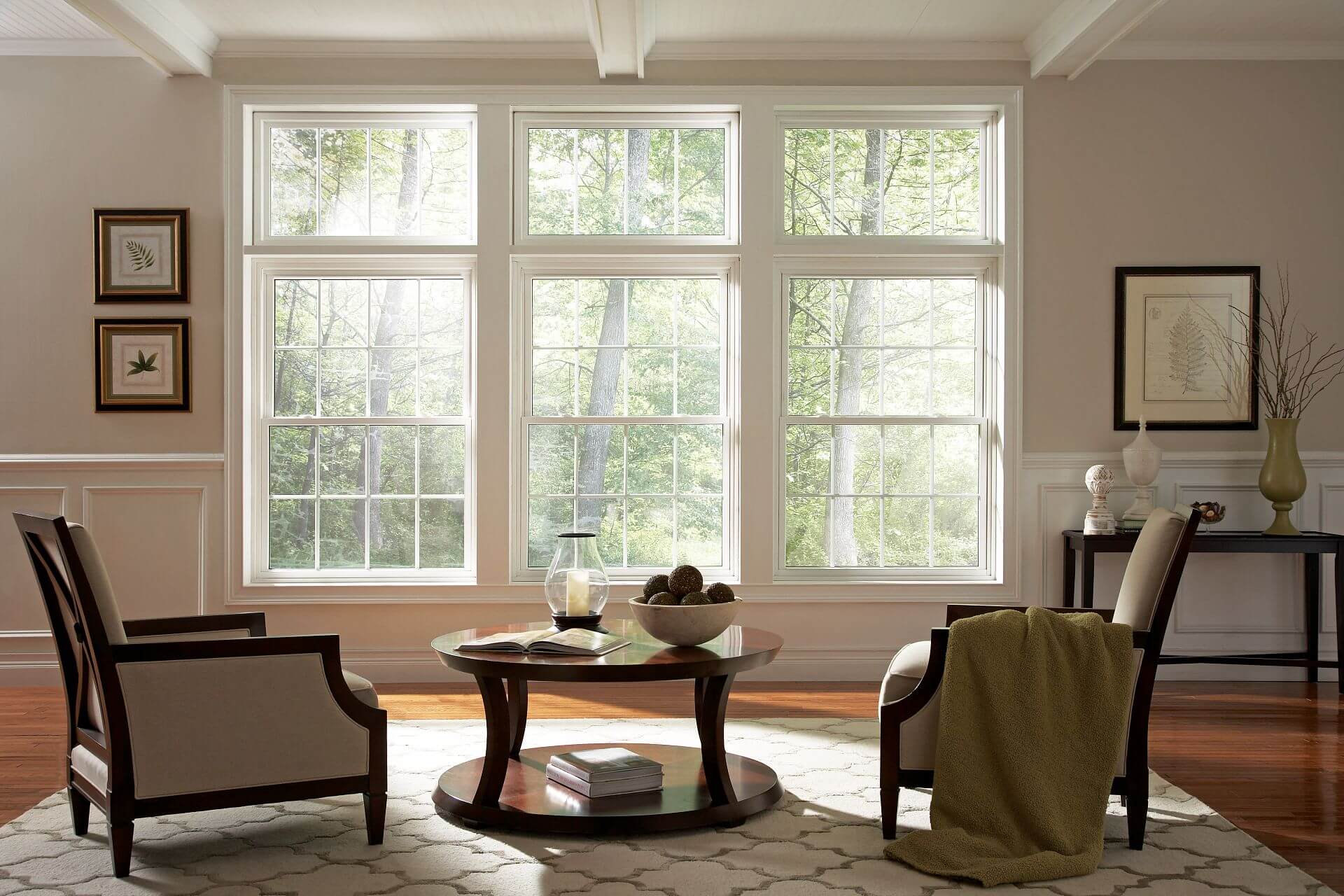
Looking to Upgrade Your Home's Windows - Check Out Some of the Options Below
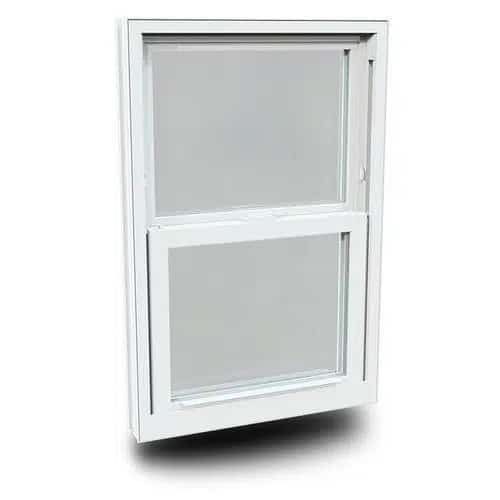
Single Window
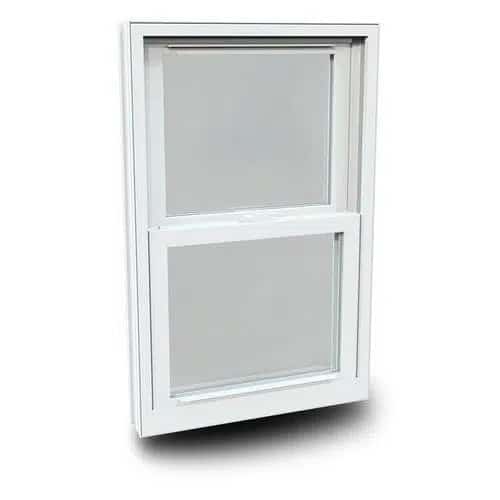
Double Window
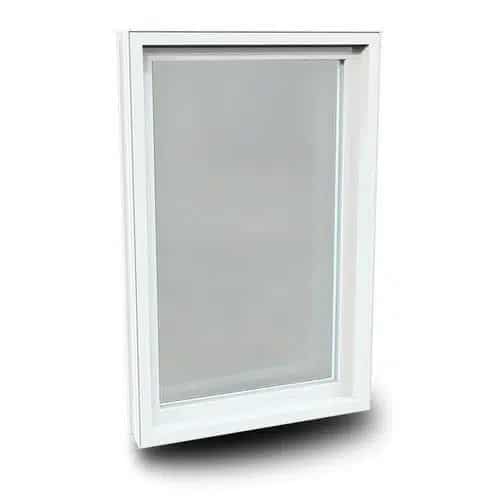
Picture Window
Customer Service You Can Trust
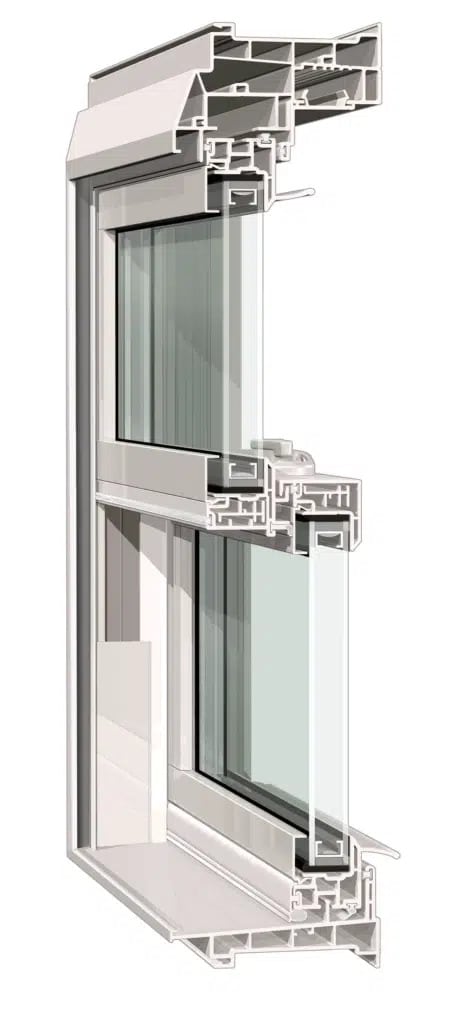
FAQ's
Signs that indicate it's time for home window replacement may include: Drafts and air leaks around the windows Condensation or fogging between the window panes Difficulty opening or closing windows Visible damage, such as cracked glass or rotting frames Rising energy bills due to poor insulation
Choosing the right type of windows for your home depends on factors such as your budget, style preferences, and climate. Common options include double-hung, casement, sliding, and picture windows. Consider energy efficiency, maintenance requirements, and aesthetic appeal when making your decision.
The average cost of home window replacement varies depending on factors like the type and size of the windows, the quality of materials, and your location. On average, you can expect to pay anywhere from $300 to $1,000 per window. Be sure to obtain multiple quotes from reputable contractors to get a more accurate estimate for your specific project.
There are energy-efficient and eco-friendly window options available, such as double-glazed or triple-glazed windows, Low-E coatings, and ENERGY STAR-rated windows. Choosing these options can help improve insulation, reduce energy consumption, and lower your utility bills. Additionally, selecting windows made from sustainable materials or those with recycled content can contribute to a more eco-friendly home improvement project.
Pinnacle Testimonials